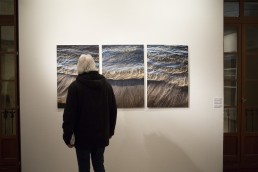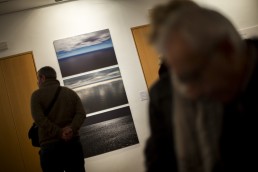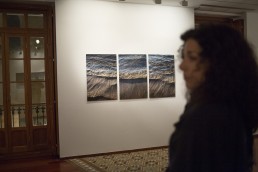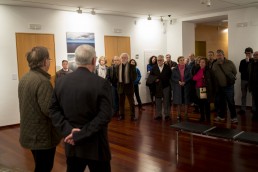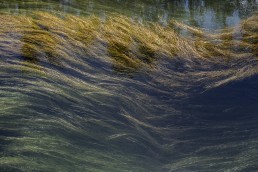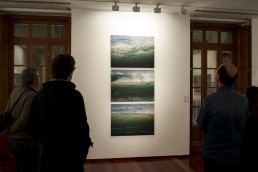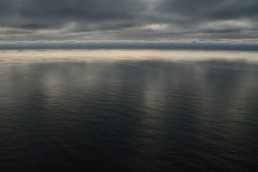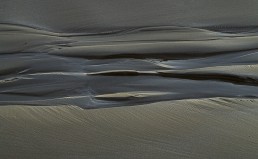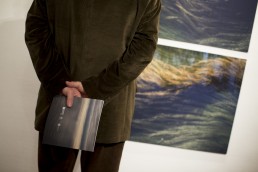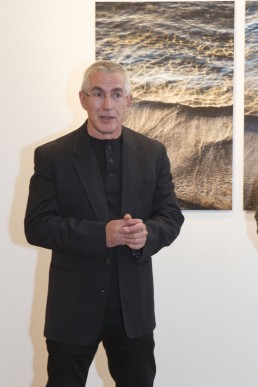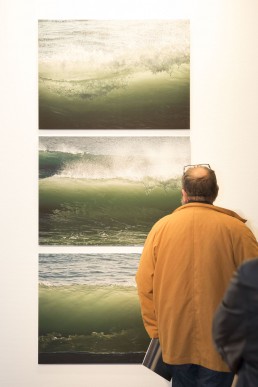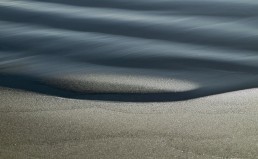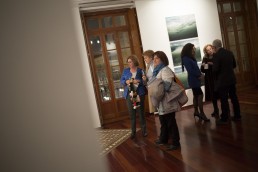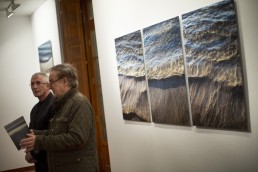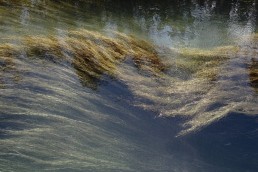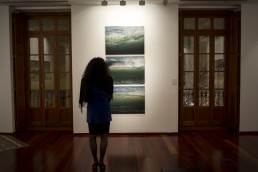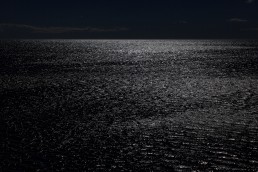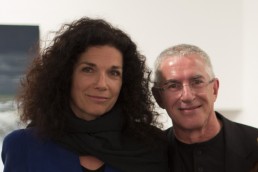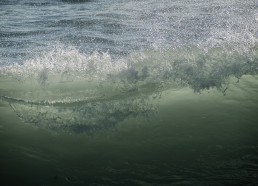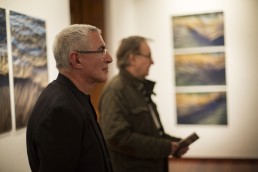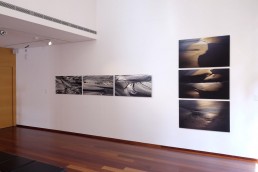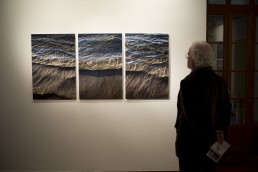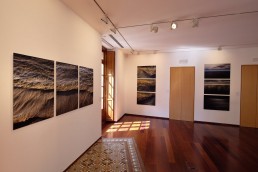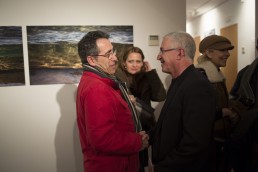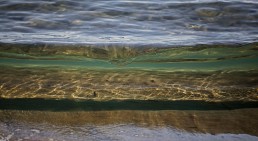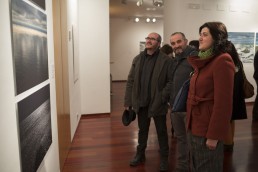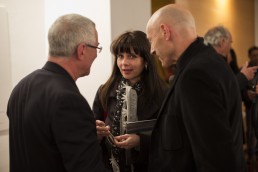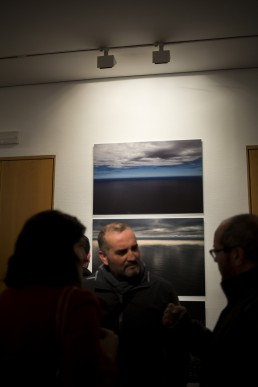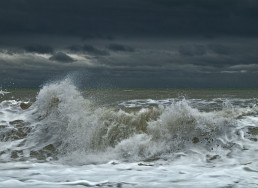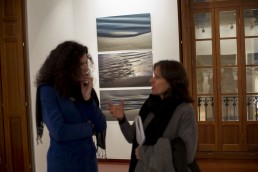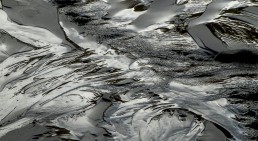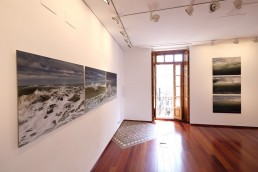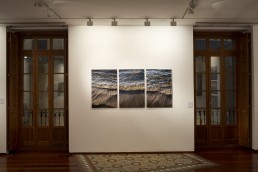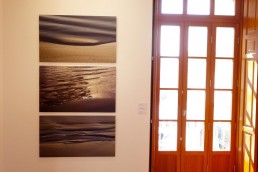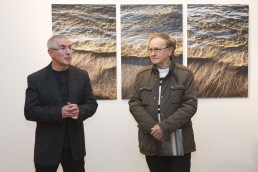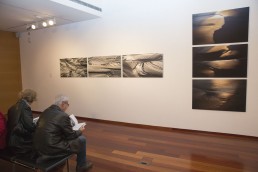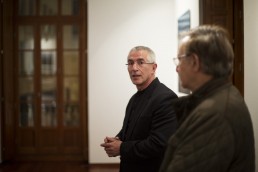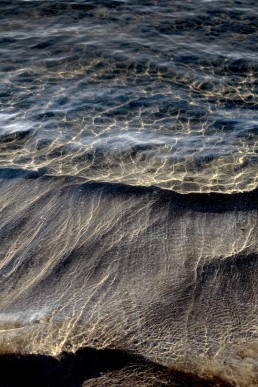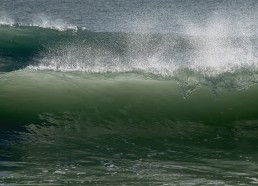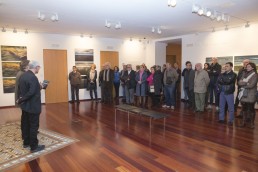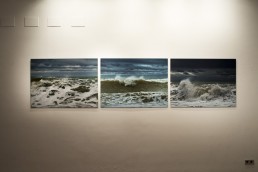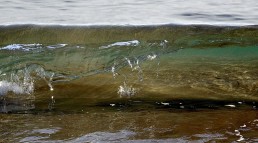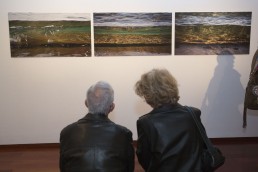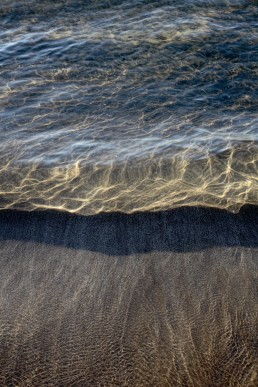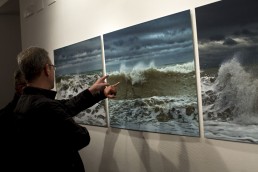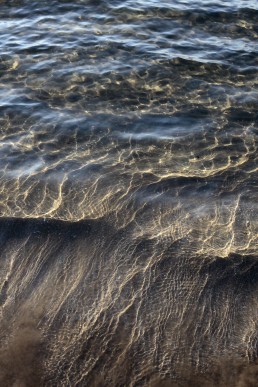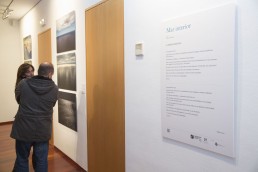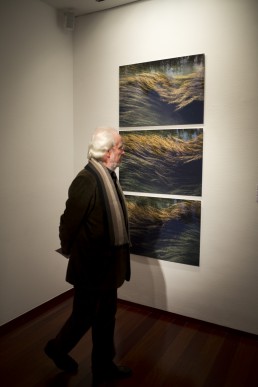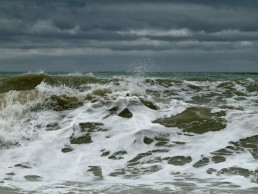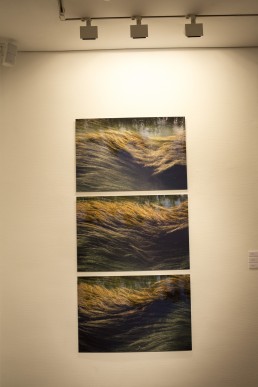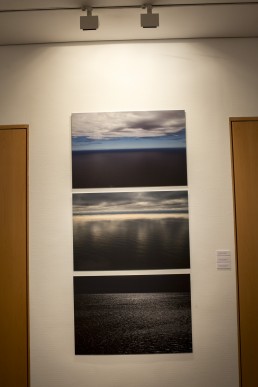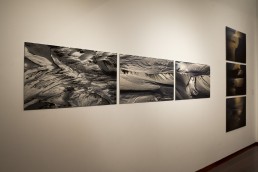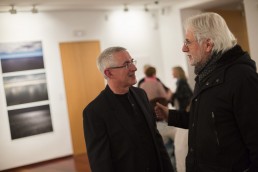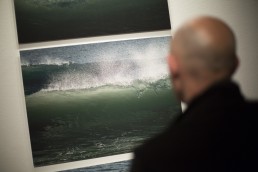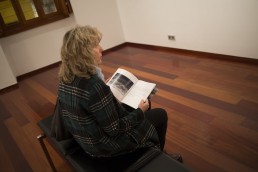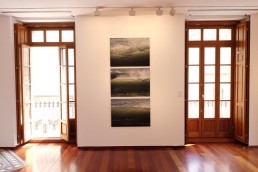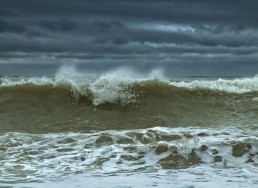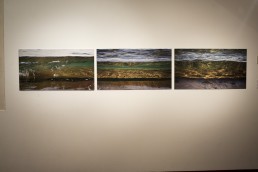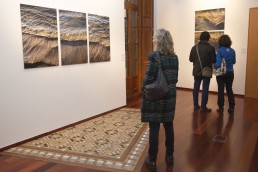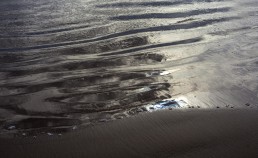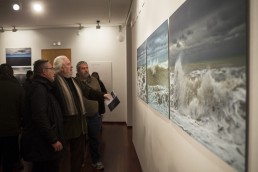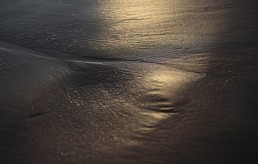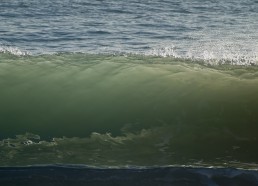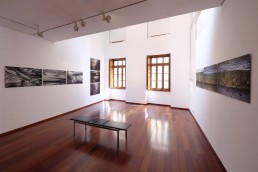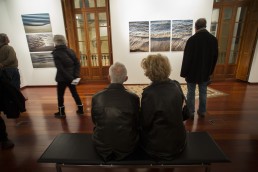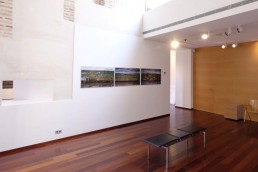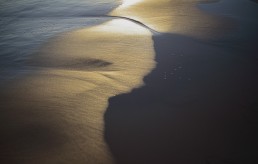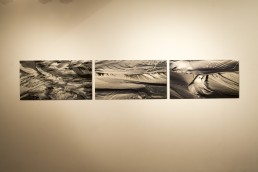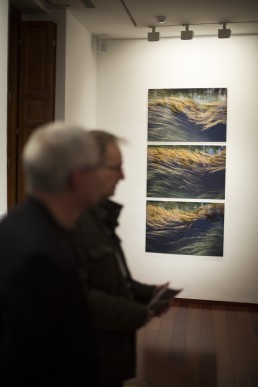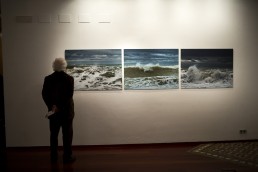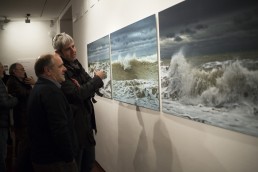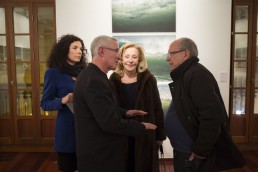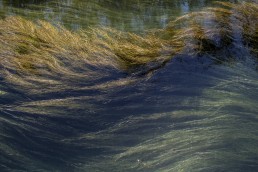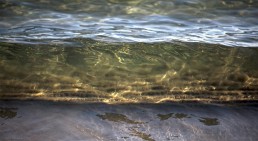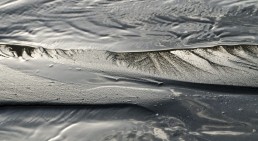The inner sea
Everything we see is something else
José Morais, Professor of Photography, Universidade Sénior da Ajuda, Lisbon | Paço de Arcos, February 2016
If everything we see is something else, then what does Marc Dufour see when he goes out to look at the world through the lens of his camera? And what do we see when we look at his beautiful photographs? From the Greek philosophers, at least, we know that World and World consciousness do not coincide. This discontinuity feeds the existentialist philosophy of the 20th century and, in some way, codifies for history the famous binomial being-in-itself / being-for-itself (En soi / Pour soi), coined by the French philosopher Jean Paul Sartre and embodied in his work L’Être et le Néant. The famous and, in a certain way, provocative phrase of René Magritte Ceci n’est pas une pipe, also tells us, in another context, what Sartre condenses in his famous binomial.
To begin a text for Marc Dufour’s exhibition in this way implies at least one risk: that of inducing a feeling of dismay at the impossibility of accessing the real, each one enclosed in his own cave, that is to say, in a blurred image of the real! Aware of this risk, I not only accept but take the opportunity to find out how it generates a very rich dialectic of discovery and way of sharing.
I have often commented on photographs of Marc Dufour. And on many occasions, Marc’s reaction was, in his own words, that of his own astonishment at what I had seen and could express in words. He, the author of the images, had not realised “that”, and confessed to marvel at my reading, which would enrich his photographs.
I also received this response from Marc Dufour to some comment on the beauty of one or another of his photographs: “Beauty is in Nature, I only record it.”
Is it as simple as this? Yes, if we consider that only the photographer is able to “see and make visible”, as expressed in the happy expression of the painter and art critic Rocha de Sousa, not everyone can see something that is in view of everyone.
I once read a short story that really impressed me: a famous photographer was dying and was visited in her room by a friend. At some point, she asked him to move away from the window, which was open. Moments later she said: “I just took my last picture”. Every time I remember the story, which I tell my photography students in each new cycle of classes, I think of this last photograph as a photograph whose main subject, if not the only one, is simply Light.
Light …
The French philosopher and essayist Roland Barthes, in his famous essay La Chambre Claire, develops the concept of punctum. If there is, and I believe there is, a punctum in each of Marc Dufour’s photographs, it is without a shadow of a doubt, Light itself.
I think more and more of Marc Dufour as a photographer of Light. This statement may seem strange and even redundant, if we bear in mind that the word Light (from Greek φως) is, in itself, a definition of photography in terms of word, concept and reality.
…/…
〰
〰
To me, however, this statement does not seem strange or redundant. In fact, while many photographers only focus on the subject they photograph and treat Light as a mere instrument, Marc Dufour reverses the terms. What interests him is the Light, and the subject is no more than an instrument that receives and reflects that Light. Yes, Marc Dufour reverses the terms of the equation. And that’s why his photographs are so bright, so transparent, so captivating, so literally dazzling!
Fernando Assis Pacheco, a Portuguese poet of Galician origin, wrote this verse one day, which served as the theme for an exhibition on Light in the ancient city located at the mouth of the Tagus: “If I were God, I would stop the sun over Lisbon”. I do not think that Marc Dufour has ever felt this desire, but I know that he is incessantly looking for Light, of a certain Light and, when he finds it, he does not hesitate in freezing the moment, thus perpetuating his own fascination. Yes, Marc Dufour is at least one, if not the, photographer of the Light.
But Marc Dufour is also a photographer of beauty, sometimes sober, now exuberant; of shapes; of a thousand and one unique textures; of contrasts, now pronounced, now subtle; of white Light, decomposed in pallets now vibrant, now soft; of Harmony; of proportions, anchored in the Gold Section, this omnipresent pillar in Western Aesthetics. With his solid technical and aesthetic training in visual arts, Marc Dufour reveals an absolute command of the laws of composition in each of his photographs. But what is really surprising is the talent and sensitivity with which he uses rigor, without falling into cold and empty academic formalism.
In my opinion, the photographer escapes this trap because he inscribes in his photographs values that belong to another order; values of a humanist deeply passionate with Life and closely committed to the destiny of our planet, our Casa Comum.
And for that reason I do not hesitate to say that Marc Dufour’s photography is also a photograph of our Casa Comum. From this point of view, the photographer who now exhibits rightfully wins his place in the gallery of great photographers who care about the survival of our blue planet and who fight for this noble cause with their cameras. There are photographers who do it in a dramatic way, denouncing aggression and destruction through shocking images. Marc Dufour chooses to fight from love, preferring the path of the exaltation of Beauty and only very rarely denouncing the tragedy.
Ansel Adams (1902-1984, United States) left us this solemn synthesis of deep meaning of the act of photography: “You don’t make a photograph just with a camera. You bring to the act of photography all the pictures you have seen, the books you have read, the music you have heard, the people you have loved.”
Knowing Marc Dufour’s photograph well, I am sure that I am not exaggerating when I say that he complies with the script proposed by Ansel Adams in his masterful synthesis.





